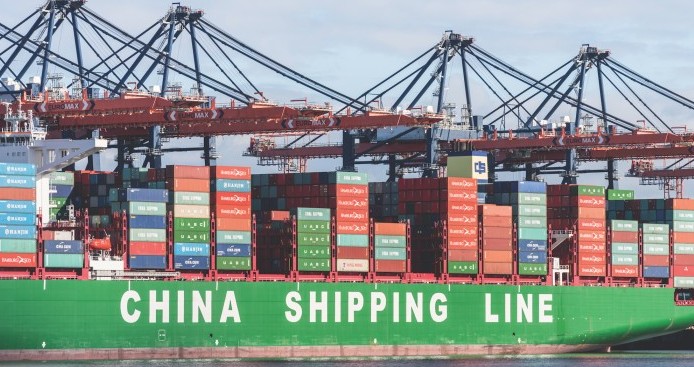China is expected to increase its pork imports in the coming months, as its pig herd is hit by the knock-on effect of industry losses suffered last year.
The reduction in pig output in China appears to be larger than official data suggests, industry experts claim. Surging pork prices have driven up inflation in the world’s second-largest economy, which produces about half of the world’s pork, at a time of slowing growth, according to a report by Reuters.
Chinese pork prices rose in October by more than 50% from a year earlier, the National Bureau of Statistics said. Pork prices are predicted stay high in 2023 because of the lower supply, according to 10 industry analysts, farmers, and feed and genetics suppliers, although they cautioned demand may be impacted by China’s COVID measures.
Falling pork demand and high feed costs from June 2021 until July this year caused farmers to incur losses of as much as 600 yuan per hog, according to the report. Farmers sold off herds, culled more sows than normal or slowed production by not mating females to curb their losses.
The government has blamed farmers holding pigs back from slaughter to fatten them up more for the higher prices, and the Ministry of Agriculture and Rural Affairs has repeatedly said breeding capacity is sufficient.
However, analysts and experts say there has been a substantial supply reduction since last winter, according to the report.
“The elimination of sow production capacity may be larger than the current market imagined,” Guan Yilin, analyst at Cofco Futures, said.
Breeding company Genesus believes the sow liquidation is greater than reported, estimating that the sow herd shrank by between 6 million and 8 million head. “We all need to watch China; we expect increased sales due to their pork shortfall,” Jim Long, chief executive at Canada’s Genesus Inc, a supplier of breeding pigs to China, said last week.
With fewer pigs born at the end of 2021 and the first quarter of 2022, the number of slaughter-ready hogs dropped by this summer, an executive at one of China’s top producers added.
Figures from the agriculture ministry show China had 44.6 million sows in September 2021, falling to 41.85 million by March 2022 before recovering to more than 43 million by September 2022.
Inflated
However, Zou Zhihong, China manager of US farm equipment supplier Hog Slat, said the reported total number of sows is ‘inflated’. “A lot of barns are still empty,” he said.
Neither the agriculture ministry nor the statistics bureau responded to requests for comment on their data.
The report acknowledges that getting accurate data about the Chinese pork sector can be difficult, but analysts said only a supply shortfall could trigger such high prices as seen in recent months.
“If there were so many pigs, the price couldn’t reach this year’s dramatic level,” said Xiao Lin, analyst at Huachuang Securities.
Feed suppliers also noted the production drop. Pig feed output fell 8% in the first eight months of 2022 compared with a year ago, according to the China Feed Industry Association.
“We see there are not enough fatteners,” said a manager at a feed producer that supplies more than 100 mid-sized pig producers across China.”I think there’s 25%-30% less fatteners than a year ago.”
The US Department of Agriculture reported 39,500 tonnes of pork exported to China in the week ending November 3, up from an average 24,120 so far this year.
“I expect more shipments to arrive in Q4,” said Pan Chenjun, senior analyst at Rabobank, adding that 2023 imports will be higher than 2022.
UK pork plants
It is understood that there has been renewed contact between the Chinese and UK authorities over the possible resumption of exports from a number of key UK plants, although there is no indication of whether this will yield any results.
Defra has indicated that it continues to work closely with the Chinese Government on the pork trade and that regular discussions with officials are ongoing.




